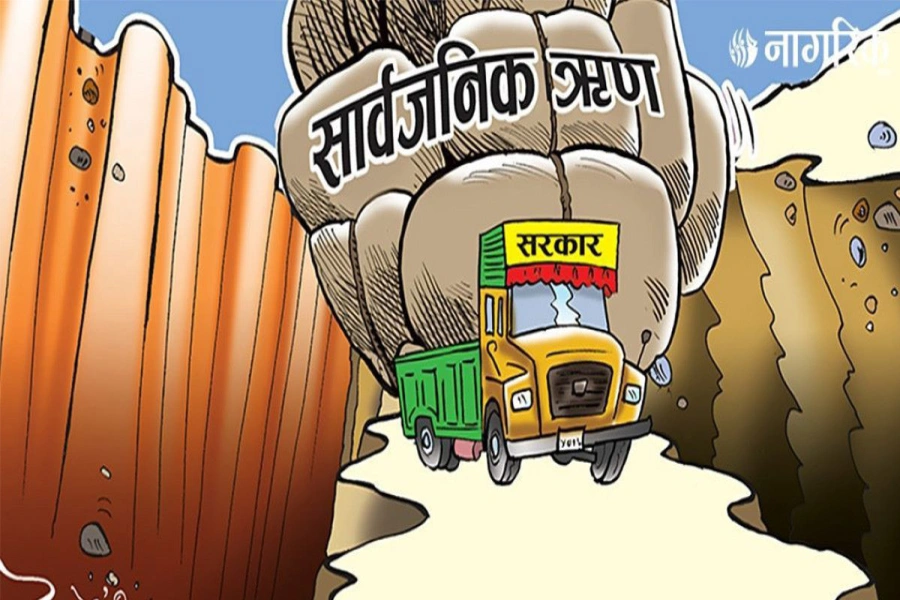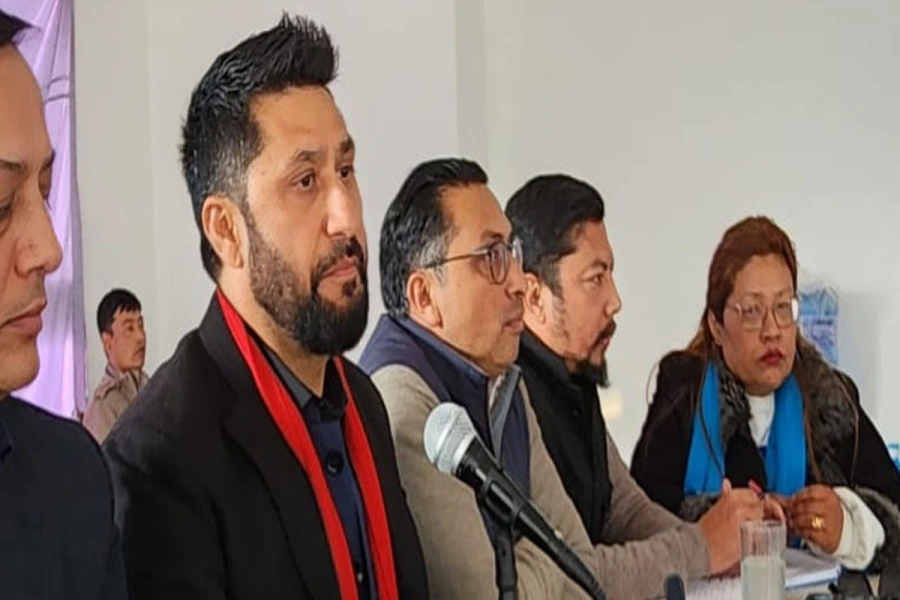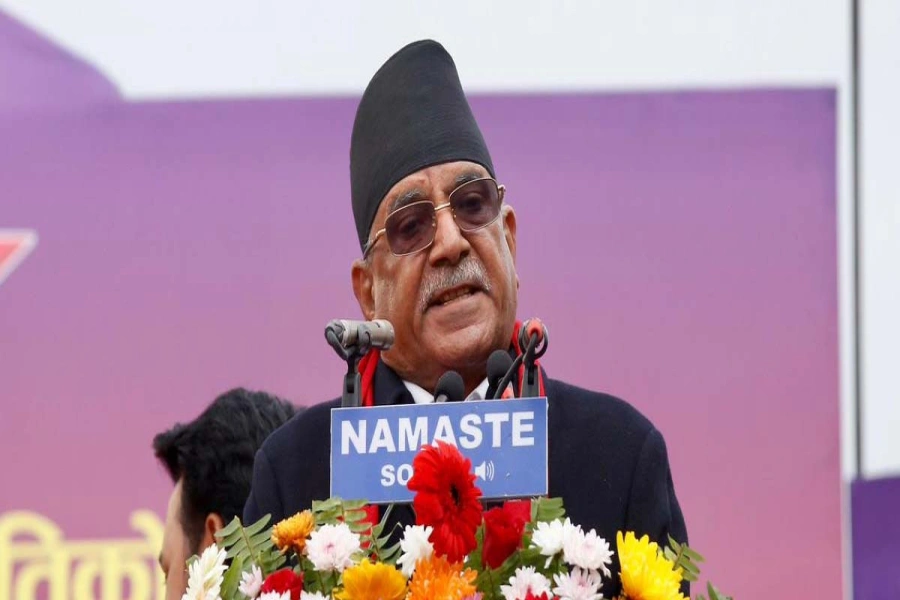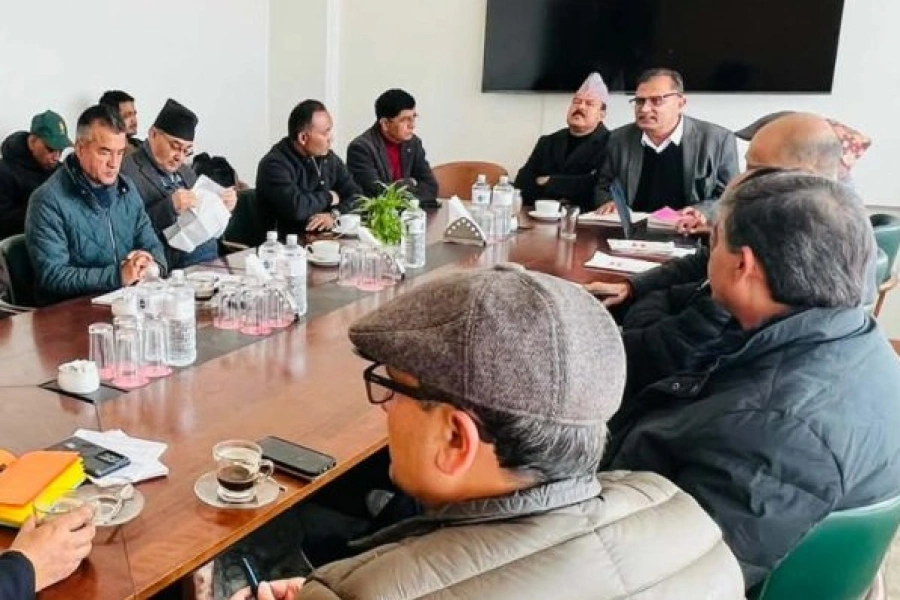Until few years ago, pottery used to be the source of livelihood for the Kumal community. Pots that were made by the community were exchanged for millet, rice, maize and other food items. For 95-year-old Laxman Kumar, a resident of Hasintar of Bidur Municipality Ward 5, pottery has been his entire life. People in the community used to sell their creations -- gagro, hadi, gamala, aari, diyo -- exchanging them with the quantity of food items that filled these pots.
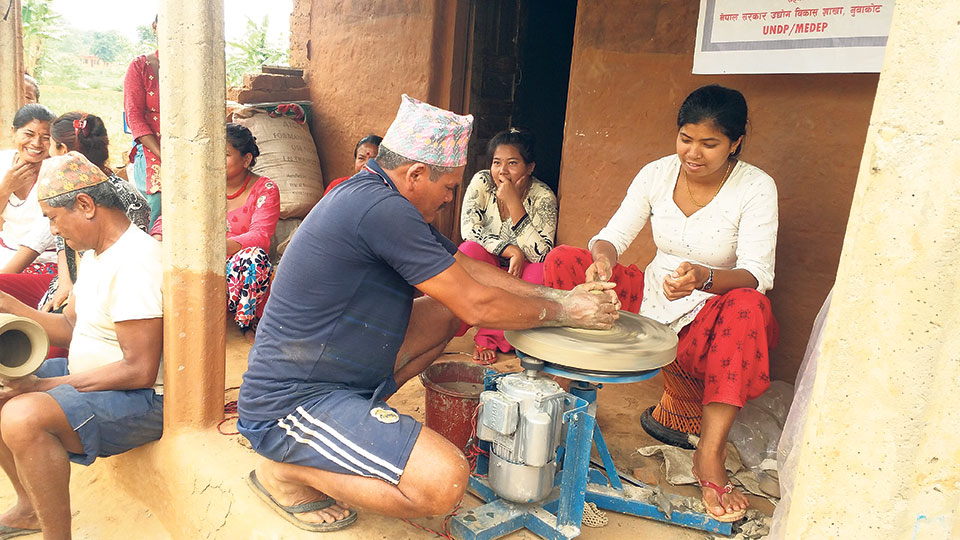 “Pottery has been our age-old occupation and it used to be our only source of income,” said Laxman Kumal, a local. “The younger generations are educated and now they have shifted their interest.” “I also run a small business that is enough for my survival. But as we don’t find people to support the occupation, it is gradually dying.”
“Pottery has been our age-old occupation and it used to be our only source of income,” said Laxman Kumal, a local. “The younger generations are educated and now they have shifted their interest.” “I also run a small business that is enough for my survival. But as we don’t find people to support the occupation, it is gradually dying.”
Availability of plastic items may have contributed to replace clay pots, however, the community people believe that it is due to the withering interest of the younger generation that is causing the occupation to become extinct.
“Had we been able to prepare pots to meet the market demand, this artistic profession would be thriving even today,” said Min Kumar Kumal, another local.
A waning tradition

“The occupation was still going on well until the beginning of the 10-year civil war. The war severely affected our work. People were displaced from the villages, and younger generation starting going away. Gradually, people started losing hope on the occupation,” Min Kumar added.
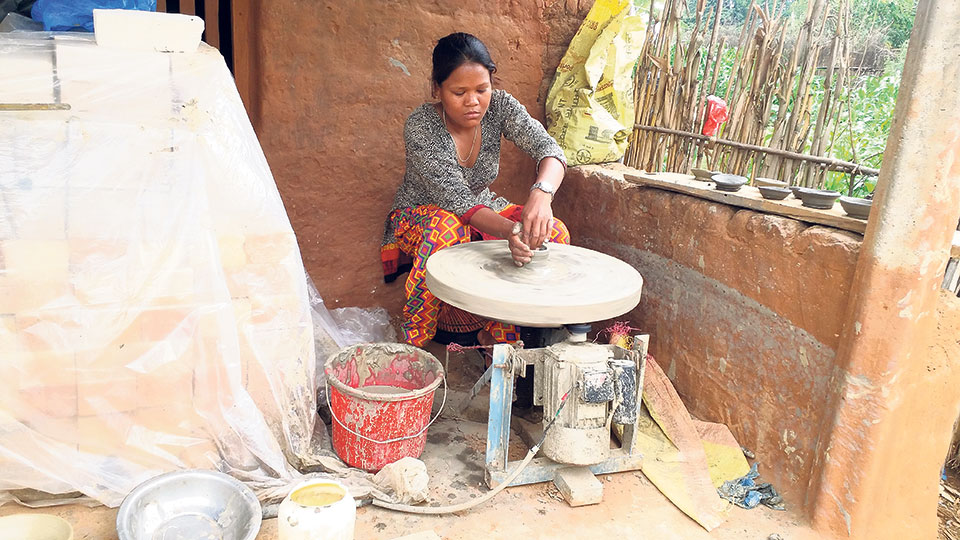 “Despite many obstacles on the way, I have so far been able to continue with my occupation,” he added. If the production could be increased, he believes that there would be a good opportunity to sustain the trade.
“Despite many obstacles on the way, I have so far been able to continue with my occupation,” he added. If the production could be increased, he believes that there would be a good opportunity to sustain the trade.
In an effort to keep the tradition alive, Kumal communities in the district have been honing and exchanging skills. Having realized that the occupation of pottery is a part of their culture, the community people have been participating in pottery training programs.
The government’s industrial development office in Nuwakot, in coordination with a local organization, Community and Commercial Development Promotion Society, recently organized a two-month-long training program for the potters in order to raise their economic status.
Rita Kumal, a local, stated that the training has helped the Kumal community to preserve their occupation of pottery. “I have been hearing from my grandparents about us having a profession different from the rest of the community. However, it was through this training that I got to realize how different it was. There is no such guarantee of getting job anytime soon but once you acquire the skills, the possibility of carrying out the work on your own is higher,” said Rita.
“I am prepared to proceed with the work and contribute on my part for the preservation of this profession if I get support from my family and if I have better access to raw materials. As the clay suitable to mold pots is not easily available and the process takes much effort, it is important to take notes of these things beforehand,” she added.
“The community people these days have been learning skills to mold clays using the electric pottery wheel. With the help of these wheels, we have been able to double our productivity in less time,” said another local, Amrit Kumal.
According to a resident of Bhaktapur, Narayan Pratap Prajapati, an advanced pottery wheel costs up to Rs 25,000. The bricks that are used to heat the clay pots are imported from India and lasts for at least 30 years if used to make chimneys to heat the pots. “The participation of youths and female is quite encouraging in the training program,” added Prajapati.
Altogether 29 individuals including 17 females and 12 males of Kumal community from Bidur Municipality participated in the training. The program was organized acknowledging the need for micro-industries and realizing the need for the development of pottery among the community people,” said senior development industry moderator, Yadav Kumar Bhatta.
“With the need for the preservation of the culture of pottery being realized by the community itself, we thought of putting their need under priority and supporting them through this training,” he added.



